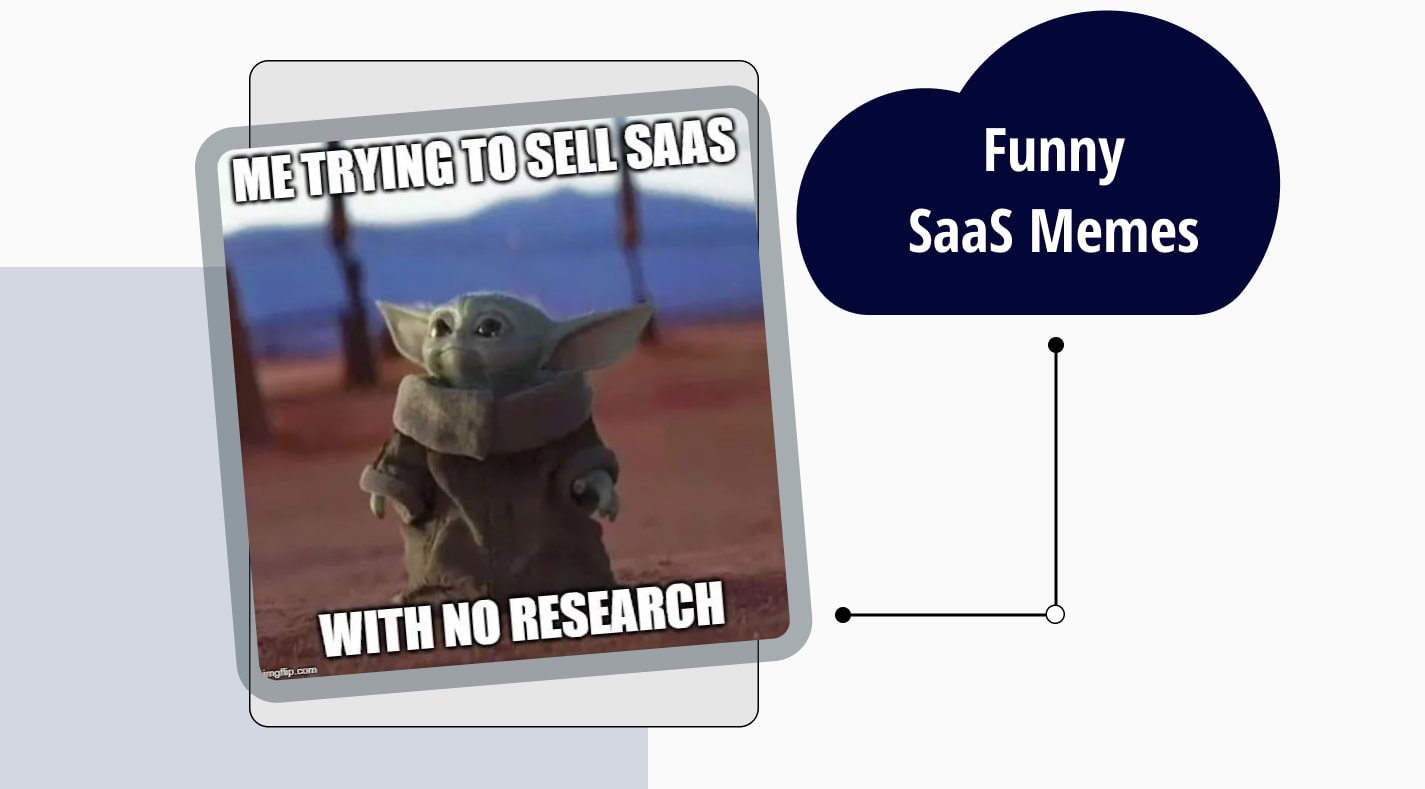What is the difference between services and features in IT?
What exactly shapes the realm of Information Technology? Is it the services it provides, or the unique features it possesses? Furthermore, how do services and features in IT differ, and why does it matter? These are the fundamental questions that this article will aim to unpack as we delve into the complexity of IT.
The primary issue in understanding the distinction between IT services and features lies in the lack of clarity and overlap in definition between the two concepts. According to the IT Infrastructure Library (ITIL), services manage a series of outcomes provided to the customer, while features are primarily about the functionality and specific design of a product or service. As per the Harvard Business Review, this creates confusion and misconceptions, leading to miscommunication and misalignment within organizations. The proposal for a resolution lies in creating clear differentiation, categorical separation, and an insightful understanding of these integral components of IT.
In this article, you will learn about the unique perspectives of IT services and features. You will be guided step by step through the intricate maze of IT, distinguishing between its services and features, how they function differently, and their respective contributions to the overarching structure of IT.
With an intricately designed discussion, backed up by authoritative sources, we aim to demystify the often ambiguous terms ‘services’ and ‘features’ in IT. We will touch upon the ripple effect of this differentiation in terms of communication, organization, and efficiency in the IT sector. Be prepared to step into an enlightening walk through this crucial aspect of Information Technology.

Definitions of Services and Features in IT
Services in IT refers to the various forms of technical assistance that an IT professional or company provides. This can range from managing a company’s data and network security to offering support for software issues or troubleshooting technical problems. These services are essential for running and maintaining the smooth operation of the IT systems that businesses rely heavily on.
Features in IT, on the other hand, refer to specific attributes or functions of a software application or product. Features enhance the functionality and user experience of the software, making it more useful or appealing to its users. For example, the ability to send emails is a feature of an email application.
Unveiling the Complex World of IT: Understanding the Phenomenon of Services and Features
Understanding IT Services
IT Services, simply put, are the application of technical and business expertise to facilitate the creation, management, and optimization of access to information and business processes. Services are typically broad, complex systems aimed at helping a business achieve its goals. Often, IT Services encompass multiple features in a comprehensive software solution or management tool. For instance, cloud computing services like AWS and Azure provide a vast range of interrelated services, from data storage to server hosting.
Some examples of IT services include Business Process Management (BPM), cybersecurity, Network services, Infrastructure as a Service (IaaS), Platform as a Service (PaaS), and Software as a Service (SaaS). Each of these services, though distinct in their features and functions, serve a unified purpose: to enable and streamline business operations and processes.
- Business Process Management (BPM) is aimed at improving corporate performance by managing and optimizing a company’s business processes.
- Cybersecurity services protect the data and systems of an organization against potential threats.
- Network services include activities that ensure the network’s smooth functioning, such as performance monitoring, and network architecture and design.
IT Features, Unpacked
The term ‘Feature’, in the context of IT, refers to the functionality or behavior of a product or service. Features are the individual tools within a service. They speak to the specific capabilities that make up the larger, more comprehensive IT Services mentioned above. Features are usually mentioned in the detailing of a specific service or product to highlight its strengths, capabilities, and uniqueness.
For example, within a cybersecurity service, a feature might be the implementation of a firewall or an encryption method. In a BPM, automation of certain repetitive tasks could be a standout feature that adds value to the overall service.
Each feature has its own purpose, but when bundled together under a service, they aim to cover a broader area and solve more complex tasks. Therefore, while IT Services focus on the larger goal, features are the specific aspects that make achieving this goal possible.
In essence, the world of IT can be seen as a web, where services represent the broader structure, and features represent the intricate details within. Understanding the difference between these two is key to unveiling the potential of Information Technology in streamlining and enhancing business operations.
Decoding the Essence of IT: A Comparative Analysis of Services and Features
Do Features and Services Really Equate in the IT World?
Could they both simply be two sides of the same coin? It is frequently assumed that services and features are synonymous in the IT realm, but there’s indeed a fine, dry line separating these two. Essentially, ‘features’ typically relate to the functional components of an IT product or system, which make up its entirety. They can be seen as the attributes of the product or the system, what it does or is capable of doing. However, ‘services’, are the provision of these features in a useful, accessible and efficient manner to the customer or end-user. In essence, while features are about what an IT product or system can do, services are about how these features benefit the user, or how they are delivered for the user to optimally use and benefit from.
Deciphering the Complexity
The crux of the issue lies in misunderstanding this distinction. While IT development teams often focus on the features — making sure the product is equipped with the latest, state-of-the-art components — the user is usually more interested in the service provided by these features. From the user’s perspective, the service involves the whole experience of using the product, from availability, reliability, usability, customer support, to overall satisfaction. Discrepancies often occur when IT professionals concentrate solely on packing their products with features, forgetting that if these features do not serve the needs of the user or if the service aspect is neglected, the end-goal is lost.
Defining Success through Exemplary Practices
Successful enterprises, particularly in IT, beautifully combine features and services. For example, consider a software application with an attractive user interface, seamless navigation, and outstanding response time; these are its features. How the users gain access to these features, how they are guided through the application, and the support they receive if they encounter hitches; these together make up the service. An ideal scenario is when the features are not just technologically superior, but are also intertwined with excellent service, perfectly aligning with the customers’ needs. Amazon AWS, Google Cloud Platform, and Microsoft Azure are such perfect examples, where a feature-full product is expertly combined with incomparable service, resulting in a comprehensive package that ticks all boxes in terms of user expectations. As these examples illustrate, a balanced emphasis on both features and services ultimately drives customer satisfaction and business success.
The Intricacies of IT Explored: Distinguishing Between the Functionality of Services and Features.
Realizing the Distinctions
Are we genuinely aware of the divergences between services and features in Information Technology (IT)? IT services consists of the collection of systems, processes, and people which is designed to manage and deliver the desired outcomes in a strategic manner. On the other hand, IT features refer to the attributes of a system or service, which can be seen or used, notably the characteristics of the service.
The main difference can be seen in how they’re perceived. Services are processes that provide value and support to the business operations, whereas features are inherent properties that make a product or service unique. A service’s primary purpose is to offer business value, while a feature’s main role is to provide functional value. The former extends beyond just the provision of tech support, it also includes aligning IT services with business goals. In contrast, features are specific characteristics or functions of an IT product or service, like the specifications of software or a tech gadget.
The Core Challenge
However, considerable confusion frequently exists about these two distinct aspects in IT. Services in IT are often overshadowed by features, mainly because laymen tend to understand tangible features better than the intangible process of a service. This issue gives rise to an unbalanced focus on the tangible aspects of a service, such as the system’s characteristics, at the expense of the services themselves. The core challenge is going beyond the physical attributes and comprehending the inherent value provided by IT services.
This imbalance may lead to underutilization of IT services, as organizations may not fully utilize the strategies, systems, and manpower providing the services. Simultaneously, an overemphasis on features may lead to an excessive or unnecessary focus on certain functionalities and properties of a software or system, which may not be a key priority for the business.
Conniving Success through Synergizing Services and Features
Nevertheless, numerous successful organizations have managed to cortically co-exist between services and features in IT. A firm understanding of each aspect’s significance enables businesses to leverage both services and features optimally. They realize that features act as the building blocks that support and enable services.
One example of best practice is seen in companies offering Software as a Service (SaaS). These companies clearly define their IT services, recognizing the processes and strategies that contribute to their delivery. At the same time, they accentuate the features unique to their software, clearly defining what their product offers and how it stands out in the market. By doing so, these companies balance the focus on both IT services and features, realizing the true value of each.
Conclusion
Have you ever pondered over the distinctions and significance between services and features in the arena of Information Technology? The concepts might seem interchangeable, but they hold intricately different implications and applications. Services revolve around tangible and intangible tasks undertaken to meet a particular need or requirement. They are performance-oriented, ultimately aiming to benefit the consumer. On the contrary, features stand as the buildable aspects of a software or application, accentuating the unique attributes and potential uses of the offering. Both these elements are integral in their own ways, providing a wholesome framework that facilitates process optimization, efficiency and user engagement in the IT industry.
We value your active participation in our blog. We invite you to be a part of our growing community of technology enthusiasts and industry experts. By following our blog, you would not only receive regular updates on a suite of intriguing topics like this one but also gain insights into diverse facets of the ever-evolving IT domain. We continue to explore, question and learn together, providing a platform that propagates knowledge and induces thought-provoking dialogues.
As we delve deeper into this fascinating world of Information Technology, we ensure that you, as a reader, keep pace with the continual advances and emends. Stay tuned, as we have a line-up of intriguing new releases in the pipeline. From elaborate pieces dissecting complex terms to simplified guides helping you navigate through IT jargon, we have it all covered. Brace yourself for this exciting learning journey, where every aspect of IT will be unraveled and presented to you in the most comprehendible manner. Your patience will indeed be rewarded, and we hope to exceed your expectations every step of the way.
F.A.Q.
FAQ Section
1. What are services in IT?
Services in IT, often referred to as IT services, include the utilization of technical expertise to achieve specific business outcomes. These can range from troubleshooting issues, maintaining systems like network management, providing software or hardware functions on-demand, to strategic activities like IT consulting and strategy implementation.
2. What are features in IT?
Features in IT typically refer to the specific functionalities or attributes of a software, hardware, or a complete system. For instance, data encryption for security or a drag-and-drop feature for ease-of-use on a website are called features. They essentially define what a particular product can do and how it operates.
3. How do services and features differ in the IT context?
The key difference between services and features lies in their function. Services generally refer to activities performed by IT personnel or systems to support, maintain, or improve an organization’s operations. On the other hand, features are the inherent capabilities or functions of a software, hardware, or system, highlighting what they can achieve or perform.
4. Can a software feature be considered an IT service?
A software feature in itself cannot be considered an IT service. However, the process of designing, implementing, updating, or troubleshooting that feature by IT professionals certainly falls into the category of an IT service. IT services are more about the actions performed to support or manage IT environment, rather than the functionalities themselves.
5. Why is it important to distinguish between services and features in IT?
Understanding the difference between services and features in IT is important primarily for practical reasons. It allows businesses to accurately define and communicate their requirements, priorities, and expectations—whether they are seeking a comprehensive IT service or specific system features. Moreover, this clarity helps technology providers to design, propose, and deliver solutions that best fit their clients’ needs.









